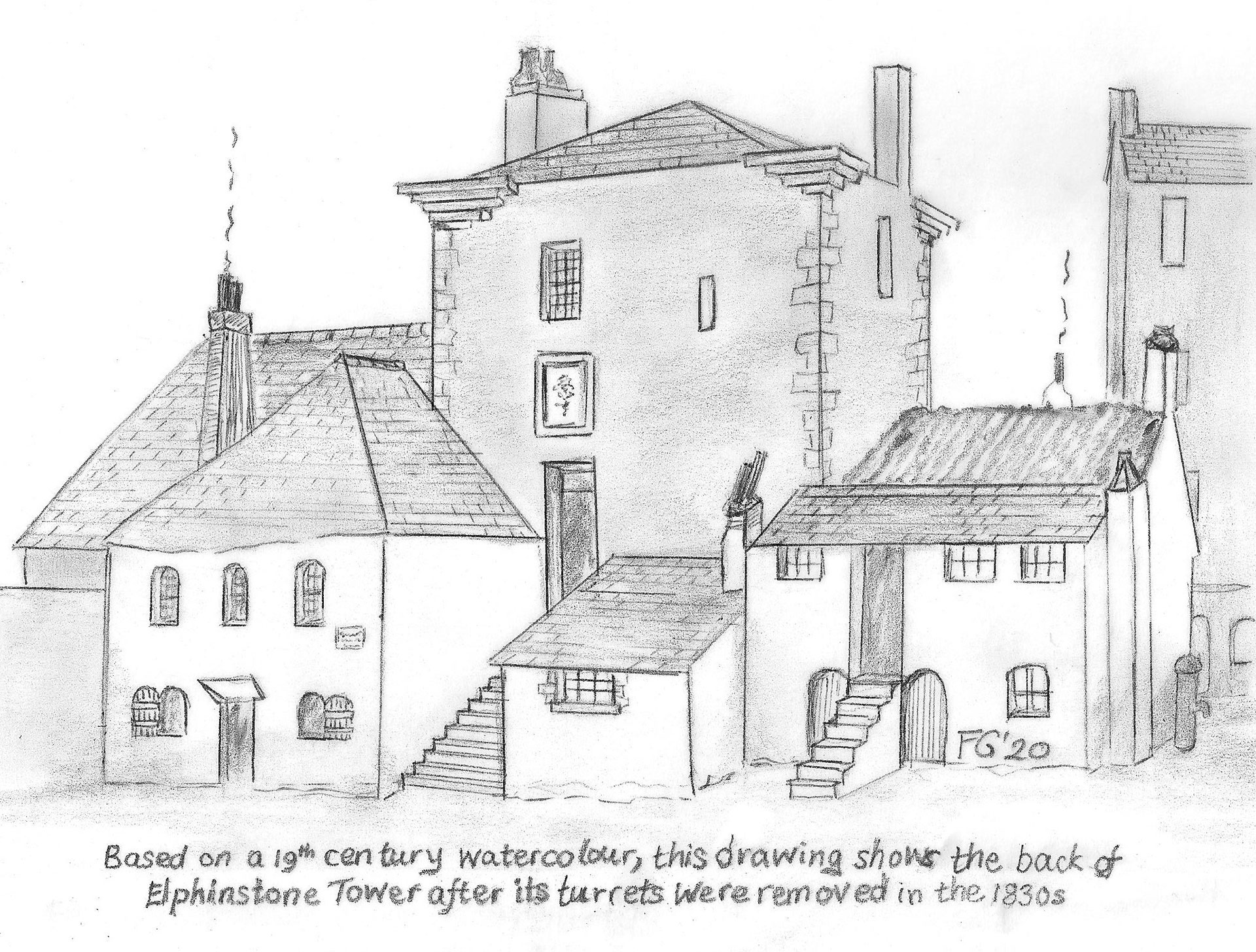The Aunt with the Kettle
The tale of a youthful James Watt
Chances are we’ve all heard some version of the tale of a youthful James Watt getting inspiration from the steam of a boiling kettle. In contrast to those who cast doubt on its authenticity, historian Frances Green contends that the teenager dabbled more than once with a kettle’s steam and that his cousin’s 1798 recollection can be tied to the Gorbals district of Glasgow.
In Frances’ article for the magazine History Scotland, she lays out the evidence she’s unearthed to show that Watt’s aunt with the kettle was Margaret Muirhead (née Donaldson), wife of his mother’s brother, John Muirhead. As a teenager he often stayed with the Muirheads and through them, ‘met with good society’.
As with so much in James Watt’s life, his uncle’s household has been presented to fit the image later generations wanted to project. For example, instead of saying John Muirhead was ‘of Gorbals’, he’s recorded as a Glasgow builder and timber merchant with the country estate of Croy Leckie. However, he actually never lived in the country, only buying Croy Leckie in 1766, a few years before he died. Instead, his home probably looked out onto his builders’ yard with the local jail beyond it! Worse still, from the perspective of those wanting to present a genteel image, the house was in the actual heart of Glasgow’s Gorbals district – later associated with industry and squalor.
This discredits both the Gorbals and industry itself – the latter enabled by the very steam engines that Watt’s condenser so improved!
In the mid-18th century, when Watt knew the area, Gorbals was still essentially a village – boasting fields, orchards and a number of houses in the Scottish urban manor-house style. Among them was Elphinstone Mansion, which with the exception of its tower and so-called chapel, was acquired by John Muirhead in 1743. Several pictures were made of this place, so it’s possible, not only to determine where James Watt dabbled with the steam of his aunt’s kettle, but also what his surroundings looked like. These images have been brought together, along with the supporting evidence, in Frances Green’s article ‘The Aunt with the Kettle’ in the Jul/Aug 2020 issue of History Scotland which can be acquired via the publication’s back issues archive.
Are you a member of the Newcomen Society?
Having just celebrated its Centenary Year, the society has published over a 1000 papers in The Journal – an invaluable archive of original research material published twice a year, covering all aspects of engineering from ancient times to the present, plus available to browse and download in our FREE TO MEMBERS Archive.
Full Membership includes:
- Journal for the History of Engineering & Technology (two issues, one volume per year)
- Printed and/or PDF versions of LINKS, Newcomens’ newsletter (published 4 times a year)
- Free access and download facilities to the Society’s Archive of past papers back to 1920 (The Journal)
- Membership of local branches and subject groups
- Access to the website’s Member Area offering access to research sources & access to other members (subject to privacy permissions)
- Attendance at summer meetings, conferences, lectures and study days.

